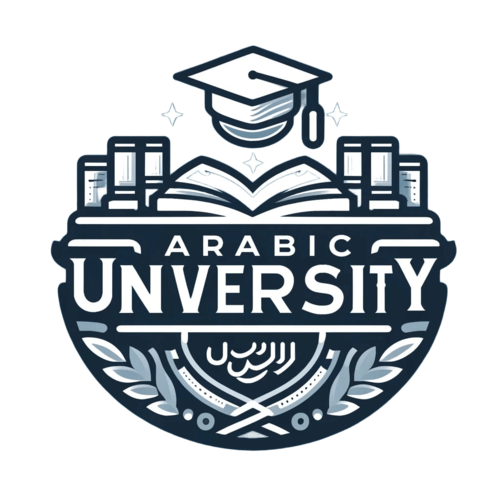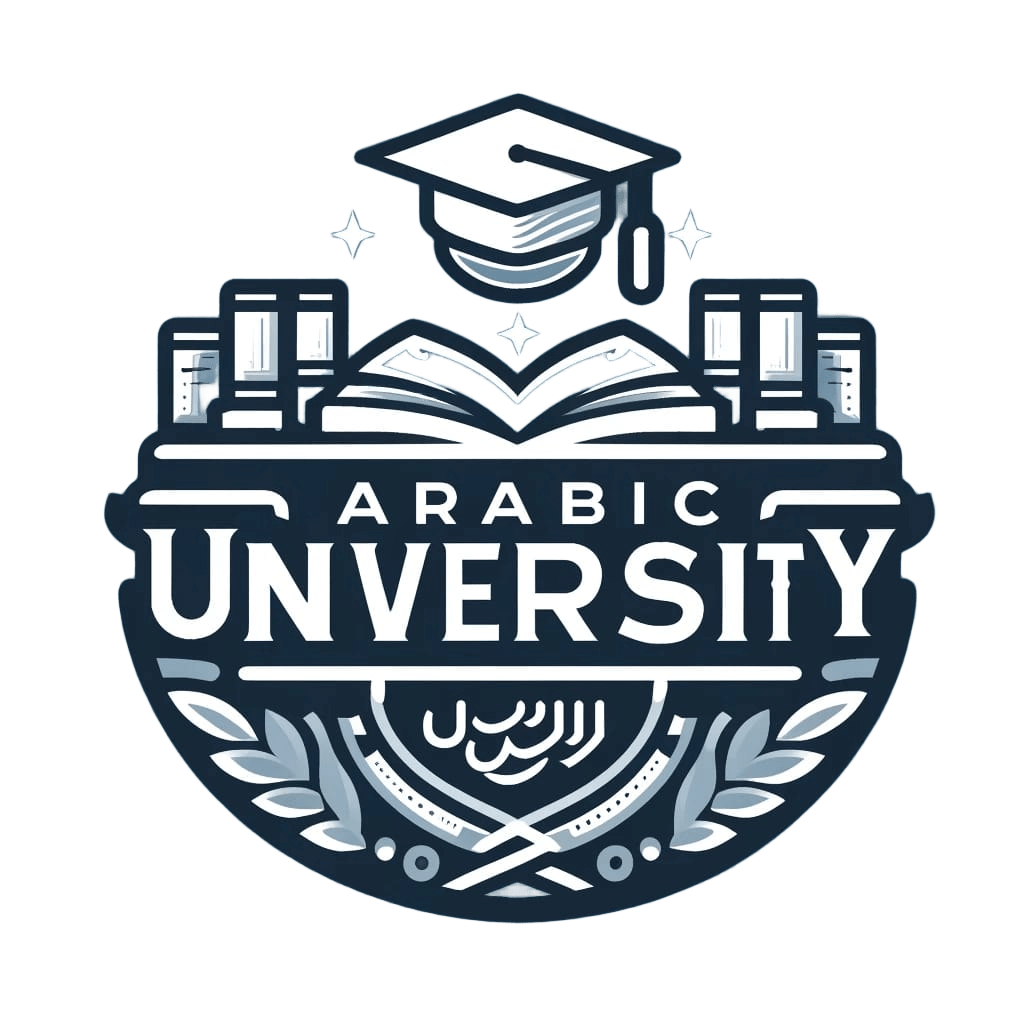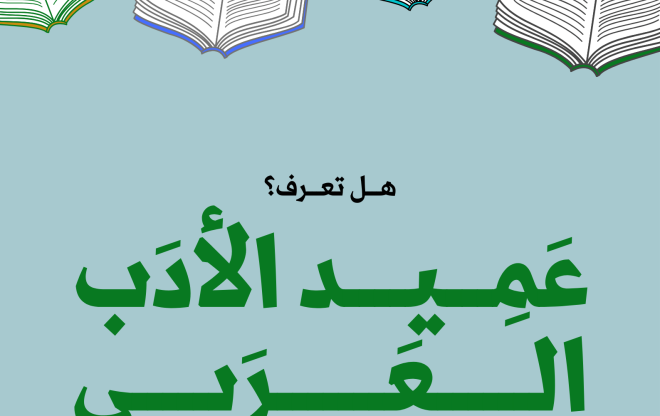Currently Empty: 0,00 د.إ
The Magnificence of the Arabic Language: A Tapestry of History, Culture, and Beauty
The Arabic language stands as a testament to the rich tapestry of human civilization, weaving together centuries of history, culture, and profound beauty. With over 300 million speakers worldwide, Arabic serves as the lingua franca of the Arab world, encompassing a diverse array of dialects and variations that reflect the depth of its influence.
A Language of History:
Arabic boasts a storied history that stretches back over 1,500 years. Originating in the Arabian Peninsula, it spread rapidly with the rise of Islam in the 7th century, becoming the language of the Quran, Islam’s holy book. The preservation of the Quran in its original Arabic form has played a crucial role in safeguarding the language through the ages.
A Cultural Treasure:
Beyond its religious significance, Arabic is a treasure trove of literature, poetry, and art. Arabic poetry, in particular, holds a revered place in world literature, with luminaries like Al-Mutanabbi and Abu Nuwas leaving an indelible mark on the poetic landscape. The intricate beauty of Arabic calligraphy further elevates the language, transforming words into works of art.
Linguistic Diversity:
Arabic is not a monolithic language but rather a vibrant tapestry of dialects and variations. From the classical Arabic of literature and religious texts to the colloquial dialects spoken in different regions, each variant carries its own unique charm and character. This linguistic diversity reflects the rich cultural tapestry of the Arab world, where language serves as a bridge between different communities and traditions.
Scientific and Scholarly Legacy:
The Arabic language has made significant contributions to fields ranging from mathematics and astronomy to medicine and philosophy. During the Islamic Golden Age, Arabic scholars preserved and translated the works of ancient civilizations, laying the groundwork for Europe’s Renaissance centuries later. Many scientific and mathematical terms used worldwide today have their roots in Arabic, underscoring the language’s enduring legacy of knowledge and innovation.
Modern Influence:
In the modern era, Arabic continues to exert a significant influence on global culture, particularly through media, entertainment, and the internet. Arabic music, film, and literature have garnered international acclaim, while social media platforms have facilitated greater connectivity among Arabic speakers worldwide. As the world becomes increasingly interconnected, the importance of Arabic as a global language continues to grow.
Conclusion:
In conclusion, the Arabic language stands as a beacon of history, culture, and beauty, enriching the lives of millions around the globe. From its ancient roots to its modern-day relevance, Arabic embodies the resilience and richness of human expression. As we celebrate the magnificence of the Arabic language, let us also recognize its power to unite, inspire, and transcend boundaries, shaping the course of human civilization for generations to come.


